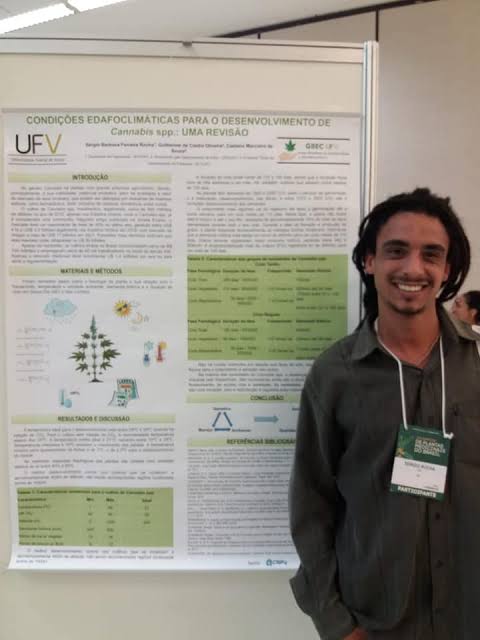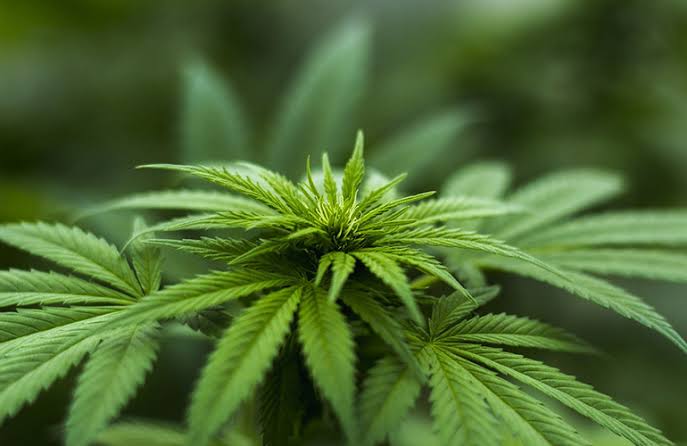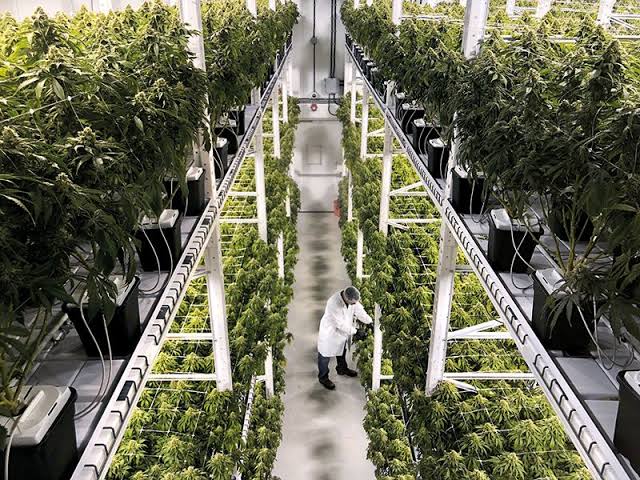RIO DE JANEIRO, BRAZIL – The tremendous agricultural potential and favorable climate conditions for cannabis cultivation could make Brazil a major exporter of the plant, according to research conducted by ADWA Cannabis, a startup focused on developing technologies for the grass production chain.

In partnership with the UFV (Federal University of Viçosa) and through the Department of Plant Science and the Brazilian Group of study on Cannabis sativa L., the startup measured the areas with greatest suitability for growing the plant, dividing between fiber production, flowers and seeds. The report includes species with high THC content, the plant’s psychoactive substance, and also low THC, known as hemp.
According to the report, Brazil has approximately 7.5 million square kilometers of land available for growing the plant.
“The production value of one hectare of cannabis is on average US$52,000 for seeds and US$31,000 for fibers,” says Sérgio Barbosa, the startup’s founder.
The marijuana market for medicinal purposes has attracted investors in several countries, including Colombia, Canada and Uruguay.
Due to the plant’s high yields, which can reach 12 tons of pulp per hectare, cannabis is an option for the pulp and paper industry, says the startup study.
According to the regional report on cannabis in Latin America, produced by NewFrontier Data, the average total available market is US$9.75 billion – including legal, regulated, unregulated and illicit markets. According to the report’s projections, Brazil has the greatest potential in the region and could generate US$2.4 billion.
Earlier this month, the ANVISA (National Health Surveillance Agency) passed new rules for registering cannabis-based products for medicinal purposes in the country.

The measure allows companies to get endorsement for the sale of these products in pharmacies, but the cultivation has been vetoed and faces criticism from the government – in particular from the Minister of Citizenship, Osmar Terra, who views the measure as a first step toward legalizing marijuana. The agency denies this prospect.
“Brazil has a very strong and secure agribusiness base when things are not right. If we don’t pay attention to that, we’re going to be left behind,” Barbosa says. “It’s possible to do it safely, the agronomic potential it has is a matter of time.”
The report sought out the SRB (Brazilian Rural Society) and CNA (Confederation of Agriculture and Livestock of Brazil), which declined to comment on the matter, for lack of specialists focused on hemp cultivation in the country.
Hemp arrived in Brazil with the Portuguese in the 15th century, and there were attempts to increase production in the Northeast region. The incentive to cultivation began in the mid-18th century, when the Portuguese empire was looking for alternatives for the manufacture of fabrics, candles and cordage.
At the time, cultivation faced difficulties. Among the reasons were the low price paid for the product and the collection of taxes on the cultivation. Until the mid-20th century, there were Brazilian industries that used hemp for textile production, but they were closed down.
According to João Ernesto de Carvalho, professor at the Faculty of Pharmaceutical Sciences at Unicamp, there are several theories for the disappearance of hemp in Brazil.
Among them is the reflection of prohibitions in the United States, when Harry Anslinger, commissioner of the country’s narcotics service, declared war on marijuana. Anslinger’s position was not only connected to the social issue, but mainly to economic grounds.

Hemp in the United States was used primarily for papermaking because it was cheaper than wood. The Republican bureaucrat had ties to industry figures like Hearst and DuPont.
“After World War II, the US continued to lead prohibitionist measures. They imposed them on the whole world, but they continued to develop technology in cannabis,” says the professor.
“These developments caused them to limit cannabis studies around the world, while they continued the process.”
Federal Police data show that last year 968,000 cannabis stalks were seized, while in 2019 the number rose to one million.
Source: Folhapress

